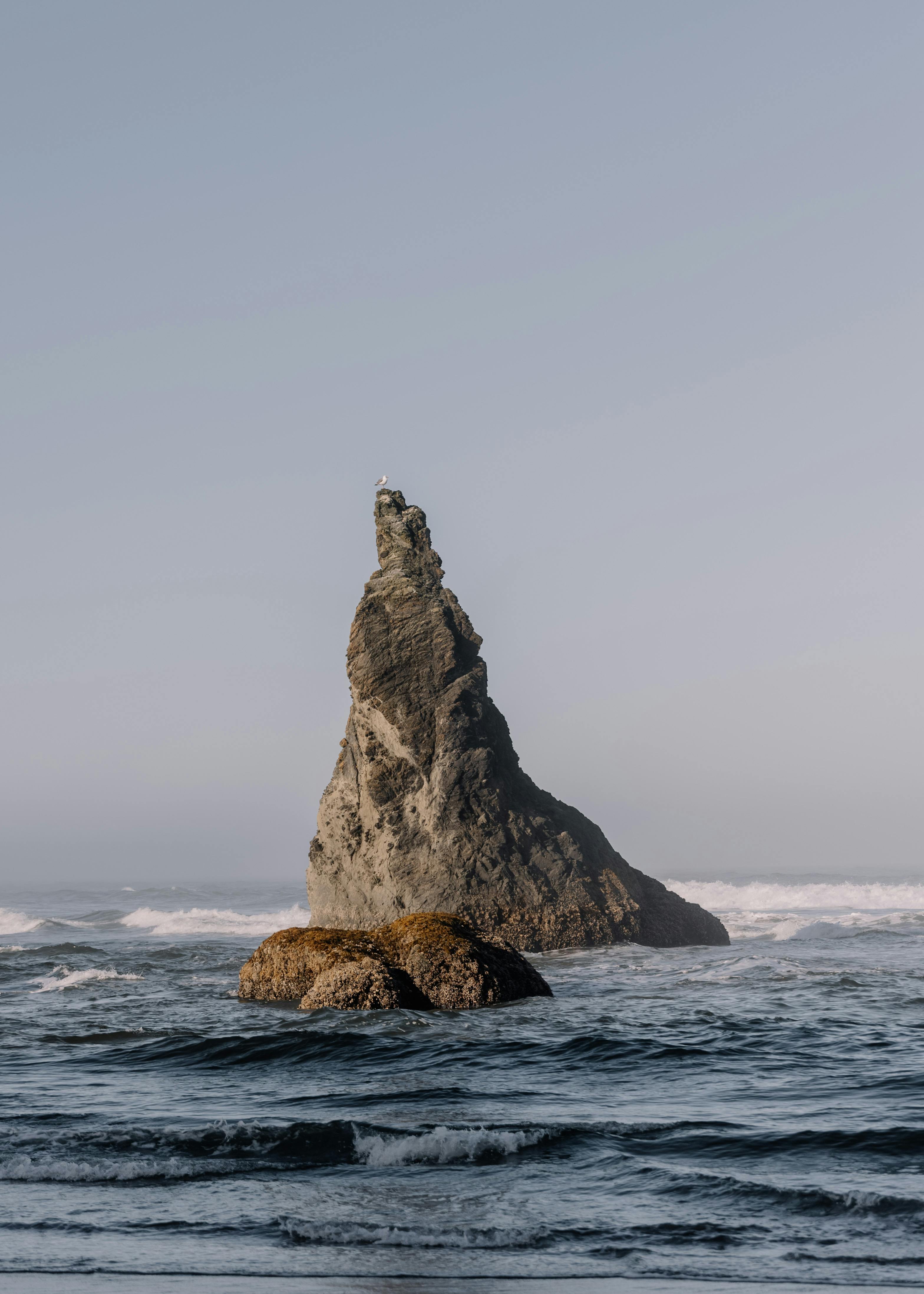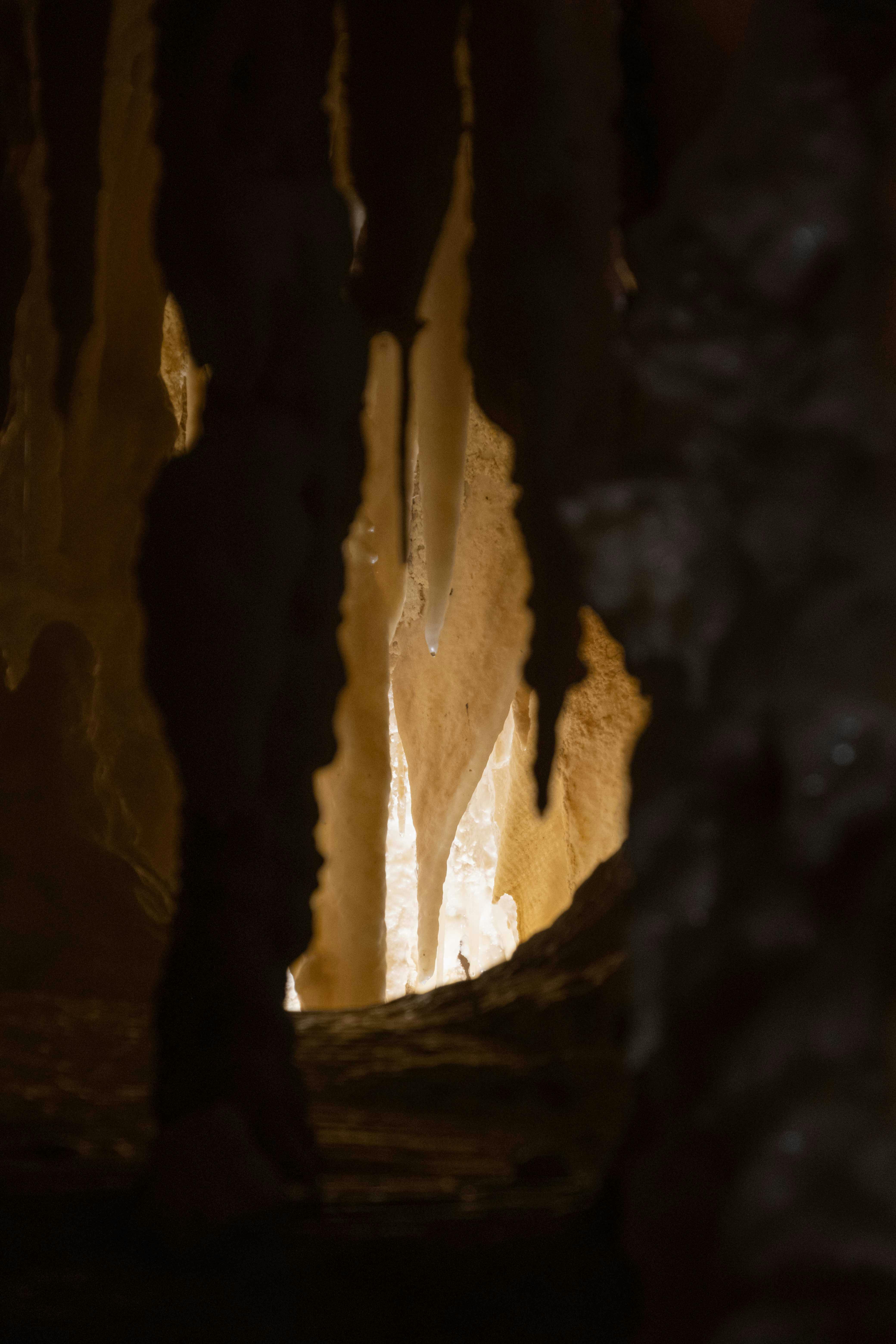Are you a well owner facing the challenges of living in an area with unstable geology? If so, you may be wondering how to access the necessary resources to navigate this unique situation. In this article, we will explore the options available to you as a well owner in areas with unstable geology. From expert advice to specialized tools and techniques, we are here to guide you through the process of accessing the resources you need for managing and maintaining your well.
Understanding the Challenges of Unstable Geology
Unstable geology refers to areas where the Earth’s surface is prone to movement or instability, posing potential risks to well owners. This can include regions with a high occurrence of landslides, sinkholes, earthquakes, or other geological hazards. It is important for well owners in these areas to be aware of the challenges they may face and take the necessary precautions to protect their wells and water supply.
What are the risks for well owners in areas with unstable geology?
Well owners in areas with unstable geology face various risks that can negatively impact the safety and functionality of their wells. These risks include:
Groundwater contamination: Unstable geology can lead to changes in the underground water flow, causing contaminants to enter the well water. This can result in the presence of harmful substances such as bacteria, chemicals, or heavy metals in the water supply.
Well damage or collapse: Geological events like landslides or sinkholes can potentially damage or even collapse wells, rendering them unusable and requiring costly repairs or replacement.
Water supply disruptions: Instability in the geological formations can affect the availability of water in wells. Shifts in the underground structure or changes in the water table level may cause wells to run dry or yield insufficient water.
Structural damage to the well: The movement of the surrounding terrain due to unstable geology can put stress on the well structure, leading to cracks, leaks, or other forms of damage. This compromises the integrity of the well and may impact its performance.

Researching Local Geology
To mitigate the risks associated with unstable geology, well owners should actively research and understand the geological conditions of their area. This can be done through a combination of methods, including:
Geological surveys and reports
Geological surveys and reports provide valuable information about the local geology, including the presence of geological hazards and the stability of the area. These resources are typically available through local government agencies or geological organizations.
Consulting with local experts
Engaging with local experts, such as geologists or hydrologists, can provide well owners with in-depth knowledge specific to their area. These experts can analyze geological data, conduct site assessments, and offer advice on well construction and maintenance practices.
Identifying potential geological hazards
Well owners should familiarize themselves with the potential geological hazards in their area, such as fault lines, landslide-prone areas, or areas with high karst formations. By understanding these hazards, well owners can take appropriate measures to minimize the associated risks.
Well Construction and Maintenance
Proper well construction and maintenance are crucial in areas with unstable geology to ensure the long-term functionality and safety of the well. Consider the following factors:
Choosing the right well location
Selecting a suitable well location is critical for avoiding potential geological hazards. It is essential to avoid areas prone to landslides, sinkholes, or other unstable geological conditions. Consulting with experts can help identify the best location for the well.
Considering well design and materials
The design and materials used in well construction should be selected with unstable geology in mind. Reinforced casing and well screens can help protect the well from collapse or damage. Additionally, using appropriate materials that can withstand shifting ground conditions is important for the longevity of the well.
Implementing proper well construction techniques
Following well construction best practices is essential in areas with unstable geology. Techniques such as proper sealing, gravel packing, and well development are crucial for ensuring the well is built to withstand potential movements in the ground.
Regular well maintenance and inspection
Regular maintenance and inspection are essential for identifying and addressing any issues that may arise due to unstable geology. This includes checking for signs of damage, conducting water quality tests, and monitoring the performance of the well system.

Water Testing and Treatment
In areas with unstable geology, water testing becomes even more crucial to ensure the safety and quality of the water supply. Consider the following aspects:
Importance of water testing in areas with unstable geology
Unstable geology can increase the likelihood of water contamination from various sources. Regular water testing allows well owners to identify potential contaminants and take appropriate measures for water treatment or mitigation.
Types of tests to consider
Well owners should consider conducting tests for common contaminants found in areas with unstable geology, such as bacteria, nitrates, heavy metals, or volatile organic compounds. Testing for these contaminants can help ensure the water is safe for consumption.
Treating common contaminants found in unstable geology
Depending on the test results, various treatment methods can be employed to address specific contaminants. This may include disinfection through chlorine or ultraviolet light, filtration, or the use of specific resins or chemical treatments to remove or reduce specific contaminants.
Monitoring Well Performance
Monitoring well performance is crucial to identify any issues or changes that may occur as a result of unstable geology. Consider the following strategies:
Understanding well performance indicators
Well owners should familiarize themselves with the key performance indicators of their well. This may include monitoring water levels, flow rates, pressure, or other parameters that can help identify any deviations from normal operation.
Installing monitoring systems
Installing well monitoring systems, such as pressure sensors, flow meters, or water level indicators, can provide real-time data about the performance of the well. This allows well owners to detect any changes or abnormalities promptly.
Regular tracking and recording of well data
Maintaining a record of historical well data, including water tests, maintenance activities, and any observed changes, helps well owners track the performance of the well over time and identify trends or patterns that may indicate potential issues.
Recognizing signs of well problems
Well owners should familiarize themselves with the signs indicating potential problems with their well, such as changes in water quality, reduced water flow, or unusual noises or vibrations. Promptly addressing these signs can help prevent more significant issues from occurring.

Emergency Response and Preparedness
Preparing for geologic events and potential disruptions in water supply is essential for well owners in areas with unstable geology. Consider the following measures:
Creating an emergency plan
Developing an emergency plan that outlines the steps to be taken in the event of a geologic event or water supply disruption is crucial. This plan should include contact information for local authorities, backup water storage or alternative water sources, and instructions for shutting down the well if necessary.
Recognizing signs of imminent geologic events
Well owners should familiarize themselves with the signs that may indicate an impending geologic event, such as ground movement, unusual ground vibrations, or changes in the behavior of nearby springs or water bodies. Being aware of these signs can help prompt timely action.
Preparing for potential water supply disruptions
Having backup water storage, such as containers or tanks, can provide a temporary water supply in the event of a disruption. Well owners should also consider stockpiling water treatment supplies, such as disinfectants or filters, in case the water quality is compromised during a geologic event.
Establishing alternative water sources
In areas with unstable geology, it is advisable to identify and establish alternative water sources for emergencies. This can include nearby streams, community wells, or water delivery services. Knowing the availability of these alternatives can help ensure a continuous water supply during disruptions.
Government and Non-profit Organizations
Well owners in areas with unstable geology can access resources and support from various government and non-profit organizations. Consider the following options:
Local government resources
Local government agencies, such as health departments or environmental agencies, often provide valuable resources and information for well owners. These resources may include guidance documents, educational materials, or contact information for experts who can assist with specific concerns.
State and federal agencies
State and federal agencies, such as geological surveys or water resource management authorities, offer resources specifically tailored to well owners in areas with unstable geology. These agencies may provide access to geological data, technical assistance, or funding opportunities for well-related initiatives.
Non-profit organizations and support groups
Non-profit organizations dedicated to well owners or specific geological hazards can provide additional resources and support. These organizations often offer educational materials, workshops, or networking opportunities with other well owners facing similar challenges.

Building a Network of Well Owners
Connecting with other well owners in areas with unstable geology can provide valuable insights, support, and collective knowledge. Consider the following steps:
Connecting with other well owners
Participating in local community events, workshops, or online forums specific to well owners can help establish connections with others facing similar challenges. This allows for the exchange of experiences, tips, and resources.
Joining well owner associations
Well owner associations or groups focused on areas with unstable geology can provide a platform for networking, education, and advocacy. Joining such associations allows well owners to stay informed about the latest developments, regulatory changes, and recommended practices.
Sharing experiences and collective knowledge
Contributing to the collective knowledge by sharing experiences, lessons learned, and best practices with other well owners is beneficial for the entire community. This helps foster a supportive environment where well owners can learn from each other’s successes and challenges.
Insurance and Financial Assistance
Well owners in areas with unstable geology may have specific insurance and financial assistance options available to them. Consider the following aspects:
Insurance options for well owners
Insurance companies may offer policies specifically tailored to well owners, covering potential risks associated with unstable geology. These policies can provide coverage for well failure, damage, or contamination events, providing financial protection for well owners.
Financial assistance programs
Various financial assistance programs, such as grants or loans, may be available to well owners in areas with unstable geology. These programs can assist with the costs associated with well construction, maintenance, or improvements aimed at mitigating geological risks.
Grant opportunities for well-related projects
Well owners can explore grant opportunities offered by government agencies, foundations, or non-profit organizations. These grants may support projects focused on improving well infrastructure, water quality, or well monitoring systems.

Continued Education and Stay Informed
Staying up to date with the latest knowledge, regulations, and resources is crucial for well owners in areas with unstable geology. Consider the following strategies:
Attending well owner workshops and conferences
Well owner workshops, conferences, or seminars provide opportunities to learn from experts, gather new insights, and stay informed about emerging technologies, best practices, and regulatory changes. These events often cover topics relevant to well owners in areas with unstable geology.
Reading publications and online resources
Subscribing to newsletters, publications, or online resources dedicated to well owners or geological hazards can provide valuable information. These resources often offer articles, case studies, or practical tips related to well management, water quality, or geological risks.
Updating knowledge on well-related regulations
Staying informed about local, state, and federal regulations related to well construction, maintenance, or water quality is essential. Regulatory requirements may change over time, and well owners need to ensure they comply with the latest standards to protect their wells and water supply.
In conclusion, well owners in areas with unstable geology face unique challenges and risks related to groundwater contamination, well damage, water supply disruptions, and more. By researching local geology, implementing proper well construction and maintenance practices, conducting regular water testing, and staying informed about emergency response measures, resources, and financial assistance options, well owners can ensure the safety, functionality, and sustainability of their wells in areas with unstable geology. Building a network of well owners and actively seeking continued education further enhances their ability to address these challenges effectively.

